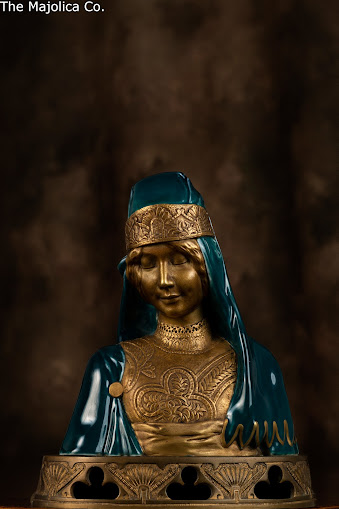A Bridge between Occident and Orient :
In the sixteenth and seventeenth centuries, large Western trading companies such as the East India Company emerged, thanks to improved mapping of the world. New maritime trade routes gradually replaced the famous Silk Road—a route known for its diversity of landscapes and cultures but also for its uncertainty and peril.
With the proliferation of ships, new ports emerged, and these exchanges experienced renewed growth between the eighteenth and nineteenth centuries, particularly with India and China.
Upon their return to Europe, the ships carried not only unloaded cargoes but also sailors and enthusiastic travelers. Hessian bags filled to the brim with tea leaves and various spices, as well as hermetically sealed wooden boxes, were common sights. The luckiest or wealthiest brought trunks filled with objects of all kinds from distant lands, many of which had rarely or never been observed before.
These items found their way into cabinets of curiosities and salons, showcasing a diverse array of handicrafts. Porcelain sets, cloisonné enamel vases, bronze perfume burners—all meticulously crafted by hand with great finesse, featuring new decorations, techniques, and designs previously unseen in the West.
This influx of exotic goods marked the beginning of a new era in interior design, providing craftsmen and designers of the time with an incredible source of inspiration and remarkable creative momentum. They began blending techniques, styles, and codes from both the Occident and Orient.
But let's set aside the chatter and enjoy some images. Here are some examples from France:
Polychrome enamelled earthenware planter with decorations of fantastic flora and fauna,
enclosed in a gilded brass tripod, "Jules Vieillard" earthenware factory in Bordeaux, circa 1890
Crédit : Arguttes
Large polychrome glazed earthenware vase with floral decoration and handles with elephant heads in relief by"Jules Vieillard" in Bordeaux, circa 1890
Crédit: Arguttes
A ceramic jardiniere enamelled with a floral decoration heightened by gold leaf
and standing on a gilded bronze by Theodore Deck, circa 1880
Credit: Arguttes
Majolica with Chinese decoration and geometric pattern
by Hippolyte Boulenger,
fine earthenware from Choisy-le-Roi, circa 1880, France
This object is visible in my shop if you want to know more: majolicamadness.etsy.com






Comments
Post a Comment